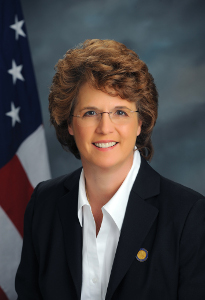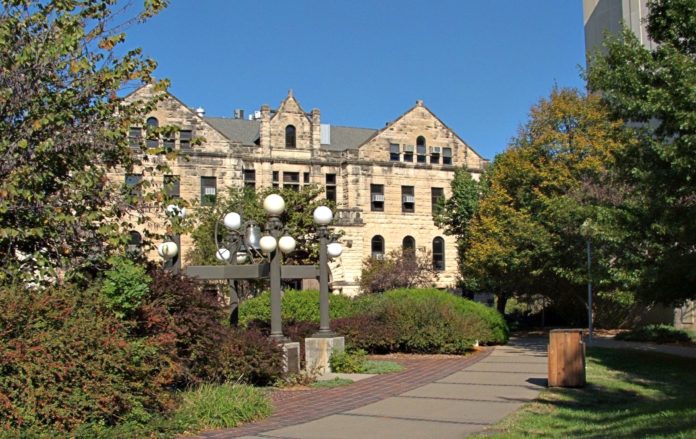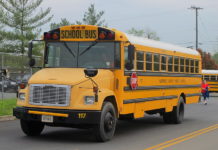A new report shows that state universities are facing a $1.2 billion maintenance backlog, an increase of about $332 million since a less intensive study was done two years ago.
The Kansas Board of Regents this week showed lawmakers the results of a study that was more detailed than anything that they had done before.
The study examined 330 buildings built before 2007 on eight campuses across the state university system, including the University of Kansas Medical Center facilities in Wichita and Kansas City.
The study only focused on buildings that supported the academic mission of the
universities and didn’t include residence halls, student unions and athletic facilities.
It only homed in on buildings that are eligible from the proceeds of a 1-mill statewide property tax used for building maintenance.
The tax generates about $40 million a year, which would take 30 years to cover the cost of the deferred maintenance identified in the study.
The study showed that the average building was 60 years old and that the overall condition of facilities examined graded out at a C.
The report, presented to the Joint Legislative Budget Committee, showed that 88 buildings received an A grade and another 76 received a B.
A majority of the buildings – 126 – received a C. Thirty-nine buildings were graded a D and four received a failing score.
Wichita State had the most buildings receiving an A grade at 19, followed by Fort Hays State at 17, the University of Kansas at 15 and Kansas State at 14.
There were buildings with three failing grades at Kansas State and one at the University of Kansas.
The KU Medical Center in Kansas City had nine buildings with a D grade, while Fort Hays State and K-State each had seven building that received D grades and Wichita State and Emporia State each had five.
The universities with the biggest demand for building maintenance were Kansas State at $391.1 million, KU at $290.1 million and KU Med in Kansas City at $167.9 million.
Higher education officials said the study was part of an effort to develop a comprehensive plan for addressing deferred maintenance that they eventually plan to take to the Legislature.
The study shows an increase in the amount of deferred maintenance from 2018 because it goes into far more detail than past studies, officials said.
In the past, the maintenance assessments were conducted by university staff and periodically validated by an independent consultant.
This study was done by an independent consultant.
Previously, the maintenance audits only evaluated 17 building systems, compared to more than 100 systems that were examined in this study.
The new study also looked at facilities’ needs five years into the future.
Lawmakers questioned the role that brick-and-mortar buildings will play in the future, given how the COVID-19 pandemic has led to more virtual instruction.

Republican Sen. Carolyn McGinn raised the issue of virtual learning with Chad Bristow, director of facilities for the Board of Regents, on Tuesday.
“Did anybody go back and reassess that perhaps we’re not going to look the same any more?” McGinn asked.
“Are we going to fix up a bunch of buildings and they’re going to be empty?” she said.
Bristow said the study didn’t contemplate the fallout of the pandemic by design, but he said higher education officials recognize the changing educational climate.
“Your point is well made,” he told McGinn. “That’s definitely going to be part of this vision moving forward.”
McGinn urged the Board of Regents to carefully consider the future as it develops its building plans.
“We know we’re going to be different, and I think we’re going to be different for a while,” she said.
“I am just really trying to envision what we’re going to look like at the university level in education five years from now, 10 years from now,” she said.
Bristow noted that the regents are already looking at ways to reduce their footprint, which was part of a second study done to evaluate how efficiently space is being used on university campuses.
“I think that definitely entails what you described,” Bristow told McGinn.
The space study focused on academic and administrative buildings on 11 campuses scheduled for instruction during the fall 2019 semester.
The study concluded that there was about 1 million in assignable square feet that could be repurposed or taken out of service.
The space study only considered instructional and office space.
Bristow was asked whether repurposing or eliminating space in the university system would help defray the cost of the deferred maintenance backlog.
He couldn’t pinpoint a specific figure, but he thought there were ways to reduce the expense.
“I definitely think the overall strategy of looking at ways to reduce, repurpose, right size…are strategies that can help to ascertain whether the deferred maintenance costs need to be dealt with or canceled out with a wider perspective,” he said.
















